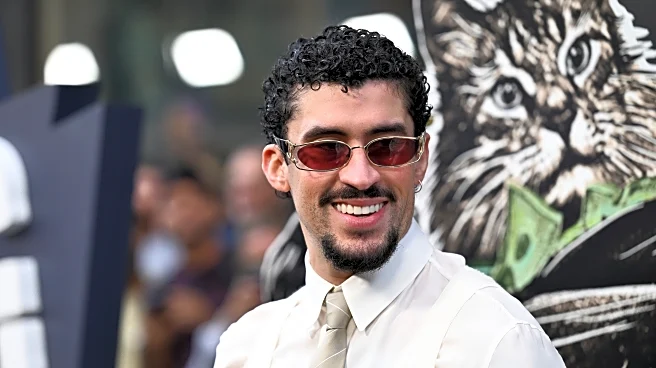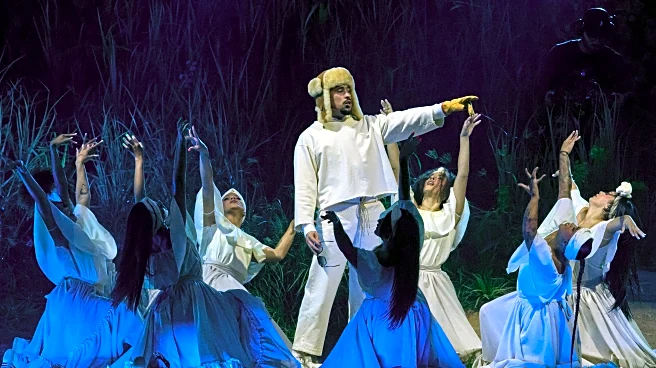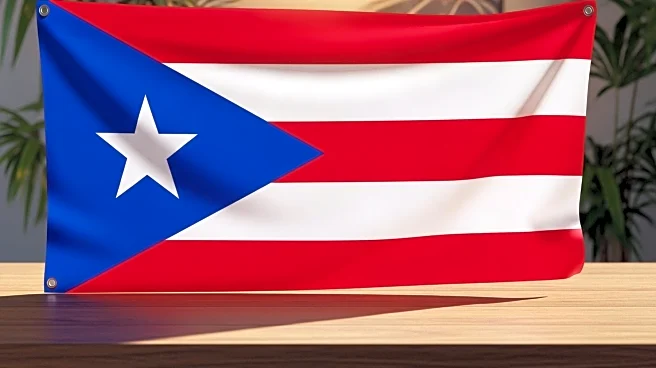What's Happening?
Bad Bunny, a prominent figure in the Latin music scene, has concluded his residency in Puerto Rico with a significant economic impact. The residency attracted 600,000 fans to his concerts, generating an estimated $200 million for the local economy. This influx of visitors and spending has sparked a sense of pride among Puerto Ricans, highlighting the cultural and economic influence of the artist. The residency's success underscores Bad Bunny's role not only as a musical icon but also as a catalyst for economic activity in his home region.
Why It's Important?
The economic boost from Bad Bunny's residency is a testament to the power of cultural events in driving local economies. The $200 million generated is a substantial contribution to Puerto Rico's economy, which has faced challenges in recent years. This event demonstrates how entertainment and cultural figures can play a pivotal role in economic revitalization. The residency has also fostered a sense of pride and unity among Puerto Ricans, showcasing the potential of leveraging cultural assets for economic and social benefits. Stakeholders in the tourism and hospitality sectors, in particular, stand to gain from such high-profile events.
What's Next?
Following the success of Bad Bunny's residency, there may be increased interest in hosting similar large-scale events in Puerto Rico. This could lead to further investments in infrastructure and tourism, enhancing the island's appeal as a cultural and entertainment destination. Local businesses and government officials might explore opportunities to capitalize on this momentum, potentially leading to more frequent and diverse events that attract international attention and economic benefits.
Beyond the Headlines
The residency's impact extends beyond immediate economic gains, highlighting the role of cultural identity in economic development. Bad Bunny's success story resonates with many Puerto Ricans, reinforcing cultural pride and identity. This event may inspire other artists and cultural figures to invest in their communities, fostering a cycle of cultural and economic growth. Additionally, it raises questions about the sustainability of such economic boosts and the need for strategic planning to ensure long-term benefits for the local economy.











